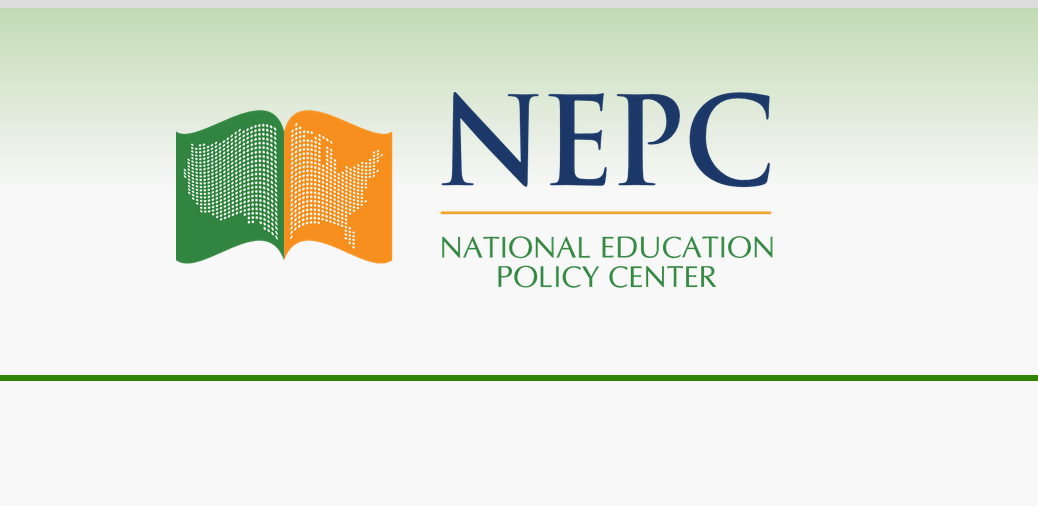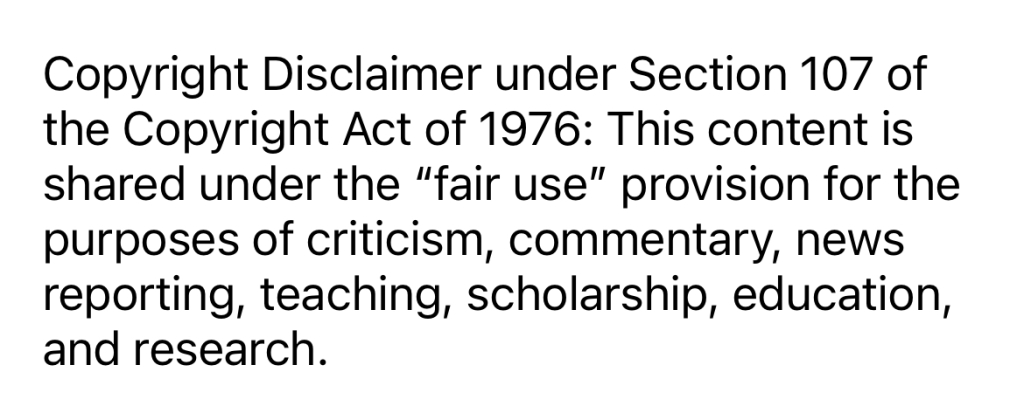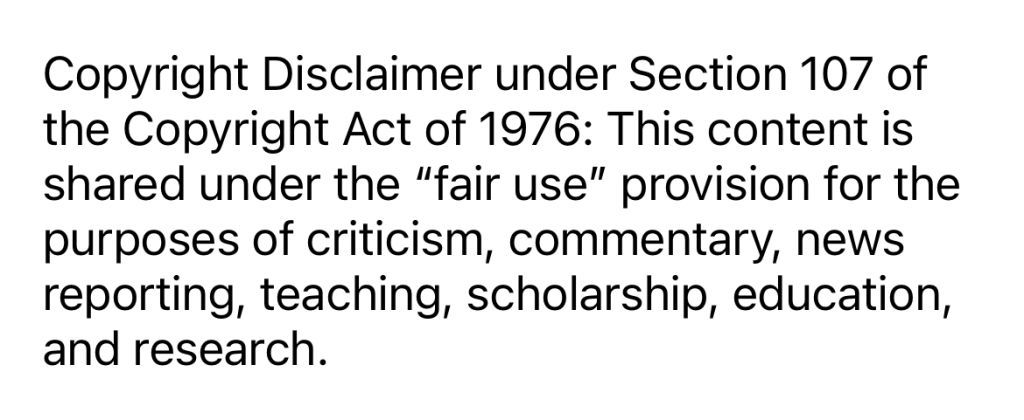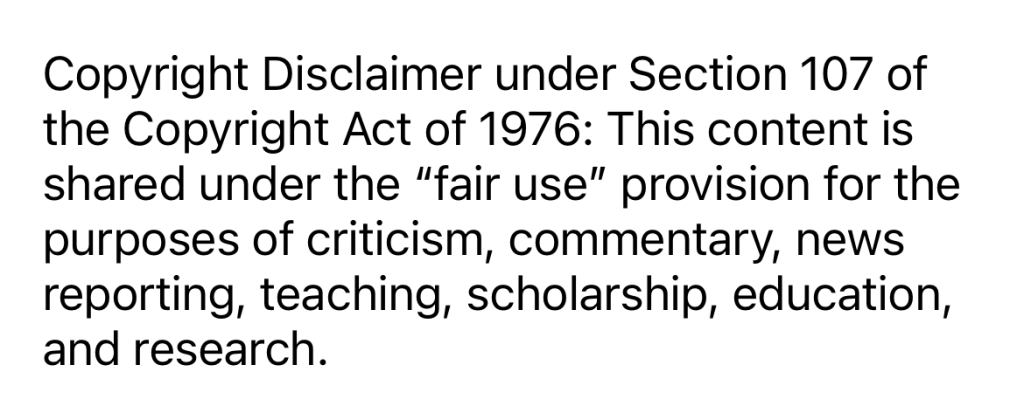[Header Photo by Brian McGowan on Unsplash]
May 4 has become a special day in pop culture, especially for fans and nerds who love Star Wars. May 4, 2024, proved to be a doubly special day since it fell on Free Comic Book Day.
That morning, I had two of my grandchildren—my granddaughter, 9, and my grandson, 7. With some trepidation that they would be far less excited than I was, I offered to take them to Free Comic Book Day at my local comic book shop, The Tangled Web.
The store was filled with adult faces I knew from visiting the shop at least weekly, but I was pleased to see many children there also as we weaved through the pay line to reach the back room tables stacked with free comic books.
The sign read “Three Books Only,” and the store owner greeted us, adding that the comics for children were on the first table.
My grandson said he saw the book he wanted, Pokemon, as we shuffled forward in line.
When we reached the end, where the owner was sitting, my granddaughter was holding three books when she saw one at the end she wanted so we told her she could swap out one she was holding.
The owner heard us and told her to keep all four.
We looked around a bit—my grandson wanted to see the high-priced Pokemon cards behind the case—and then as we walked to the car, my granddaughter took my hand and said the owner was nice for letting her have an extra book.
Immediately in the car, my grandson began flipping through his Pokemon book, saying some times he just likes to look at the pictures. I told him that over my comic book life sine the 1970s, I almost always do a first “read” of the books just looking at the artwork.
Back at the apartment, my granddaughter took one book in to read, a teaser copy of Monster High (IDW). My partner was setting up for her and the children to play Smash Bros. on the TV while my granddaughter consumed her new comic book.
Soon, she moved over to the couch, sitting down heavily and sighing. The story ended in a cliff hanger, and she was sad there wasn’t more.
My granddaughter was hooked. The magic of free comic book day.
No tests. No assignments. No chastising children not to look at pictures while making meaning.
Just a few encouraging adults, access to books, and the freedom to read for pleasure.
We had to drop the children off with their father just after midday to head to my partner’s book club. I tend to be a passive observer, although I did read their first book.
The book club consists of mostly friends in a gamer group, and the anchor for the monthly gathering is a series of wines for tasting.
The discussions are relatively haphazard, often wandering off into very interesting tangents punctuated with attending to children and dogs or grabbing snacks provided by everyone.
This Saturday the food was supposed to be Star Wars themed because of May 4.
As time passed and some needed to leave, the group chose the next book—this month had been nonfiction and the next category is works in translation (something I was particularly excited about)—by sharing blurbs about several suggested books (including three from my partner).
As they worked through the summaries, I ordered the first two options—Frankenstein in Baghdad: A Novel and Kim Jiyoung, Born 1982: A Novel. But the group chose the novel most enthusiatiscally recommended by my partner, Kafka on the Shore by Haruki Murakami.
My partner taught that novel for several years, and I have a co-edited volume on Murakami, just submitted an invited chapter on Murakami’s Men Without Women based on this blog post, and am currently re-reading 1Q84.
To say the least, my partner and I are as excited as my grandchildren were in the wake of Free Comic Book Day.
The next day, however, I read Dan Kois writing about the “Decline by 9”:
[A] child’s attitude towards reading enjoyment and importance is a predictor of reading frequency, which is why it also is striking to note the drop between ages eight and nine in the percentage of kids who think reading books for fun is extremely or very important (from 65% to 57%). Similarly, the number of kids who say they love reading drops significantly from 40% among eight-year-olds to 28% among nine-year-olds.
Kois acknowledges some of the standard reasons cited for children not reading—often over many decades blaming technology such as smartphones today—but then makes this point:
But others also pointed to the way reading is being taught to young children in an educational environment that gets more and more test-focused all the time. “I do not blame teachers for this,” said O’Sullivan, but the transformation of the reading curriculum means “there’s not a lot of time for discovery and enjoyment in reading.” She noted a change I, too, had noticed: Reading in the classroom has moved away from encouraging students to dive into a whole book and moved toward students reading excerpts and responding to them. “Even in elementary school, you read, you take a quiz, you get the points. You do a reading log, and you have to read so many minutes a day. It’s really taking a lot of the joy out of reading.”
The specific reference is to the “science of reading” (SOR) movement that has targeted reading programs by banning some and mandating those that are often scripted curriculum and phonics-heavy.
As Kois’s article acknowledges, the SOR movement is sacrificing important aspects of reading, including pleasure, rich texts, and diversity [1].
Yes, possibly even more intensely than at any point over the past 40 years of high-stakes accountability in education, the SOR movement has sacrificed reading for pleasure to reading as task.
But this is a matter of intensity because formal schooling has always been one of the places where pleasure reading goes to die.
I taught high school English for 18 years throughout the 1980s and 1990s, witnessing first-hand that most of my very bright students had become non-readers even though you could visit any K-1 classroom and see a room full of children eager to read.
My high school students all had one thing in common—formal schooling.
This May the Fourth was a truly wonderful day for reading that I was gifted to witness. On a Saturday and nowhere near a school.
I watched children and adults choose to be readers, eager and excited.
And again, no tests. No assignments. No chastising anyone about how to make meaning or what mattered about what they were reading.
This May the Fourth was about The Force, not some Jedi skill set, but reading for pleasure and not reading as a task.
Note
[1] Does the “Science of Reading” Fulfill Social Justice, Equity Goals in Education? (pt. 1)
America Dishonors MLK By Refusing to Act on Call for Direct Action (pt. 2)
Scripted Curriculum Fails Diversity, Students, and Teachers: SOR Corrupts Social Justice Goals (pt. 3)
Recommended
The power of touch is vital for both reading and writing, Naomi S. Baron (The Conversation)
The Guardian view on English lessons: make classrooms more creative again
Not Lost in a Book, Dan Kois























